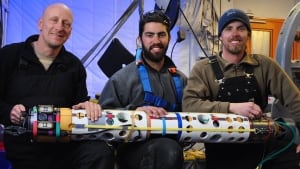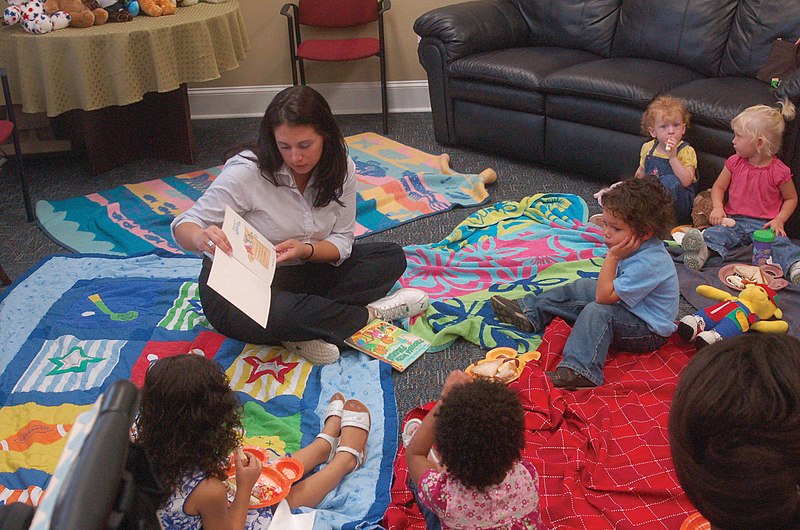In 1996, P.J. D’Adamo’s book Eat Right For Your Type proposed that, for optimum health, people should adopt diets specific for their ABO blood type. If you thought that was nonsense, you’re right! While the various diets proposed in the book can be healthy changes, they are equally good for everyone regardless of blood type.
University of Toronto researchers led by Ahmed El-Sohemy put the blood type diet myth to rest by giving 1455 young adults various diets. People with blood type A did benefit from the type A diet (lots of grains, fruits and vegetables) with lower BMIs, insulin and cholesterol, but so did people with other blood types. Similarly, the type O diet (lots of meat, little or no grain) was associated with lower triglycerides for everyone, not just people with type O blood.
These results are not surprising, given that there was little scientific basis for D’Adamo’s claims in the first place. The human population is simply not divided up into agricultural type As, nomadic type Bs and hunter-gatherer type Os. Considering that the ABO blood types are present in non-human primates, they probably came on the scene at least 20 million years ago, far before humans existed, let alone were divided by cultural behaviors.
Besides, if we’re talking about blood types, the ABO system is only one of over thirty different blood type systems. The ABO system is certainly the most well known, but you’d be in just as much trouble getting a transfusion from someone who’s incompatible for any of the other matching systems.







